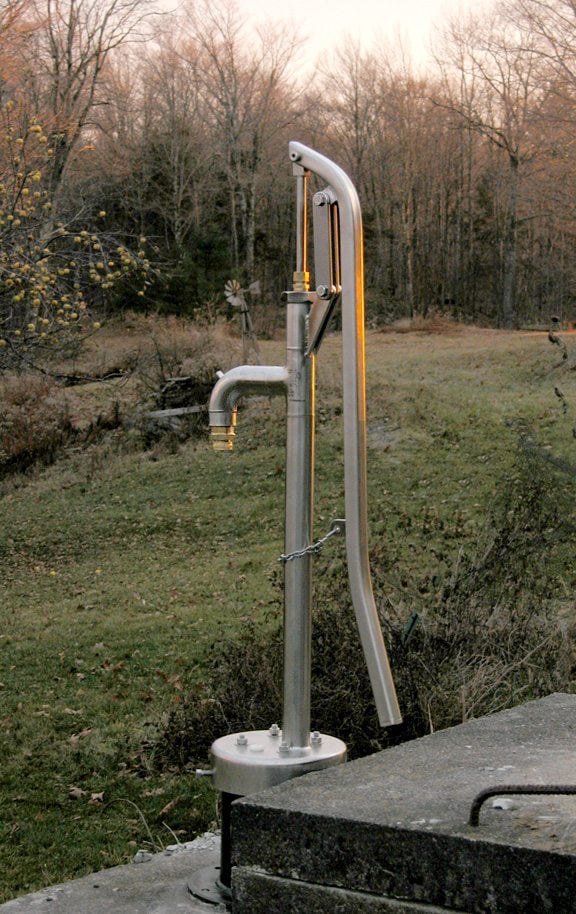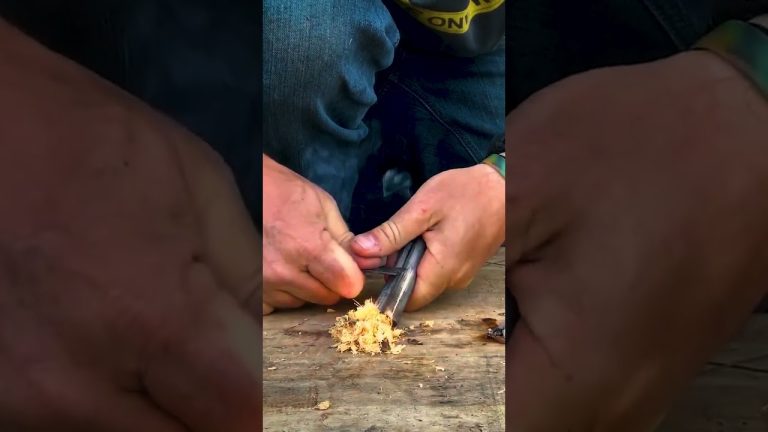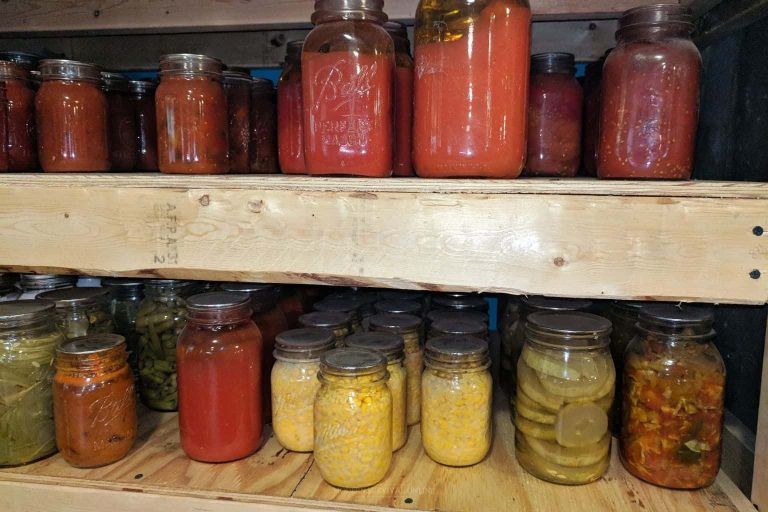If a well is your primary water source, ensuring its reliability during power outages is crucial for your family’s safety and comfort. This article compares two manual well pump options to help you maintain access to your well water, even in grid-down situations.

When we decided to add manual pumping capability to our electric pump well, it came down to two alternatives – the Simple Pump or the Bison Pump. Both are designed for different uses, so one is not necessarily “better” than the other. They are, however, very different. We chose the Bison Pump after a long search.
Our Selection Criteria for a New Well Pump
Needing to install a manual pump required a good deal of research as well as asking around for recommendations. Our primary considerations were:
- Temperature resistance. We needed something that would withstand some severe temperature fluctuations. While we don’t live in “cold country”, I still wanted a pump that wouldn’t freeze during the occasional, unusually cold winter.
- Depth capability. I looked for something that could pump water from a fairly deep well, although our water table isn’t especially low, if I was shopping for something reliable in just about all scenarios, why not opt for one that draw up water from 100-200 feet or more?
- Low maintenance. Finally, what I needed was a pump that didn’t require a lot of maintenance. A pump is a simple concept and design, so I wanted to stick with simple, sturdy, reliable.
- Cost. The final cost was less of an issue for me, although it was taken into consideration, just not as a primary factor.
The Simple Pump
The first brand of pump we looked at was the Simple Pump.
The well and pump company that we use has installed a number of Simple Pumps over the years and has had very good results with them. The Simple Pump is significantly cheaper than the Bison Pump. It’s also designed to be fairly easy to install by a reasonably skilled homeowner with a helper rather than needing to be installed using professional equipment.

The Simple pump might be a good choice if you want to have a complete system stored away in case it is needed in the future. The video instructions on the Simple Pump web site show how to install it. The drop pipe is lightweight plastic and the sucker rod is thin fiberglass that can easily flex to make assembly easy. That is great if you have to install it yourself without the tools of a professional pump company. The same lightweight and component flexibility that make it easy to install also mean that it clearly lacks the solid design and construction of the Bison Pump.
The Bison Pump: Our Choice
Where the Simple Pump is light weight and easy to work with, the Bison Pump is solid and very heavy duty. Everything about it is top quality and it is obvious that they spared no expense in making this the best hand pump available. The workmanship is flawless – welds are smooth and solid; machined parts are finished to a nice polish; moving parts work very smoothly.

The material for the main pump body and the pump cylinder is solid stainless steel; the valve at the spout is brass (or bronze); the sucker rod is solid stainless steel; the drop pipe is Schedule 120 PVC. There is nothing that can rust, corrode, or deteriorate. For a hand pump installation that should last a lifetime, the Bison Pump is the hands-down winner. This is the kind of solid made-in-America craftsmanship that this country used to be famous for.
I’ve found it to be reliable and very easy and cheap to maintain, and it’s capable of pumping water from significant depths. Depending on the specific model, Bison Hand Pumps can draw water from wells up to 200 feet deep or more. That was just one of many deciding factors for us.
The Bison pump is not cheap (pricing information here). It is a piece of equipment that is built to last a lifetime, made from the best materials available, and designed and built by folks who truly know what they’re doing. There are some things in life where it makes sense to cut corners to save money. Bison does not cut any corners making their pumps, and when it comes to providing your family with a dependable source of clean drinking water, you shouldn’t cut corners either.
Tips for Choosing a Manual Well Pump
- Consider Well Depth: Knowing the depth of your well is crucial for selecting a pump with adequate capacity.
- Warranty: Consider the pump’s warranty coverage for added peace of mind.
Frequently Asked Questions
Manual pumps are primarily designed as backup options for power outages or emergencies. While they can be used as a primary water source, it’s important to consider the physical effort that will be required for continuous pumping.
When selecting a manual pump, consider factors such as your well depth, budget, installation capabilities, and desired level of durability.
Related Water Content
Guest post by Stephen Clay McGehee who blogs at The Southern Agrarian.
Final Thoughts
A well is a valuable asset, but power outages can disrupt your water supply. By investing in a manual pump, you’re taking proactive steps to ensure your family’s well-being and resilience. Whether you opt for the budget-friendly Simple Pump or the durable Bison Pump, having a manual option provides peace of mind and security during grid-down situations.



















